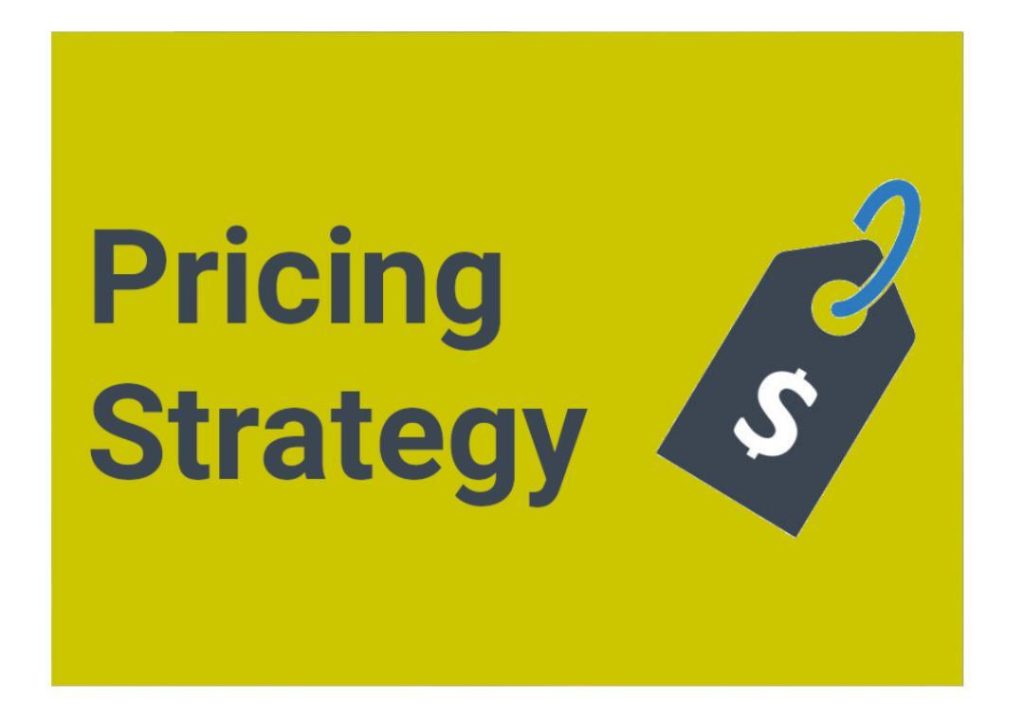
Is your pricing based on value or just cost-plus?
Pricing is a crucial aspect of any business, as it directly impacts revenue and profitability. However, many companies struggle to get their pricing strategy right, often basing it on the cost of production rather than the value it provides to customers. In this blog post, we’ll explore the differences between cost-plus pricing and value-based pricing, and provide tips on how to optimize your pricing strategy to lift margins without touching volume.
Cost-Plus Pricing: A Recipe for Disaster
Cost-plus pricing is a common approach where businesses add a markup to the cost of production to determine their selling price. This method is often used by companies that focus on cost minimization, rather than customer value. The problem with cost-plus pricing is that it doesn’t take into account the value that customers place on your product or service. As a result, companies may end up with a pricing strategy that is out of touch with customer demand.
For example, a company that produces solar panels may have a high cost of production due to the expensive materials and labor required. If they use a cost-plus pricing strategy, they may add a 30% markup to the cost of production, which may result in a selling price that is higher than what customers are willing to pay.
Value-Based Pricing: The Key to Revenue Growth
Value-based pricing, on the other hand, takes into account the value that customers place on your product or service. This approach focuses on understanding customer needs, identifying areas of differentiation, and pricing accordingly. Companies that use value-based pricing tend to perform better in terms of revenue growth and profitability.
For instance, a company that provides a software solution for project management may identify that its product offers significant time-saving benefits to customers. By pricing its product based on the value it provides, the company can charge a premium price that reflects the benefits it offers. This approach can help to increase revenue and profit margins without sacrificing volume.
How to Optimize Your Pricing Strategy
So, how can you optimize your pricing strategy to lift margins without touching volume? Here are some tips:
- Conduct Market Research: Understand your customers’ needs, preferences, and willingness to pay. Conduct market research to identify areas of differentiation and pricing opportunities.
- Run Pricing Experiments: Test different pricing strategies to see which one performs best. Use data to inform your pricing decisions and adjust accordingly.
- Identify Psychological Thresholds: Understand the psychological triggers that influence customer purchasing decisions. Use this knowledge to price your product or service in a way that maximizes revenue.
- Adapt Pricing by Region or Channel: Recognize that customers in different regions or channels may have different willingness to pay. Adjust your pricing strategy accordingly to maximize revenue.
- Monitor and Adapt: Continuously monitor your pricing strategy and make adjustments as needed. The market is constantly changing, and your pricing strategy must adapt to stay competitive.
Smart Pricing Lifting Margins Without Touching Volume
By adopting a value-based pricing strategy and using data to inform your pricing decisions, you can lift margins without touching volume. This approach requires a deep understanding of your customers’ needs and a willingness to experiment and adapt.
For example, a company that sells eco-friendly cleaning products may identify that its products appeal to environmentally conscious consumers who are willing to pay a premium for sustainable products. By pricing its products accordingly, the company can increase revenue and profit margins without sacrificing volume.
Conclusion
Pricing is a critical aspect of any business, and companies that adopt a value-based pricing strategy tend to perform better in terms of revenue growth and profitability. By understanding customer needs, identifying areas of differentiation, and pricing accordingly, you can optimize your pricing strategy to lift margins without touching volume. Remember to conduct market research, run pricing experiments, and adapt your pricing strategy by region or channel to stay competitive in today’s market.
Source:
https://www.growthjockey.com/blogs/steps-optimizing-revenue-growth-management






